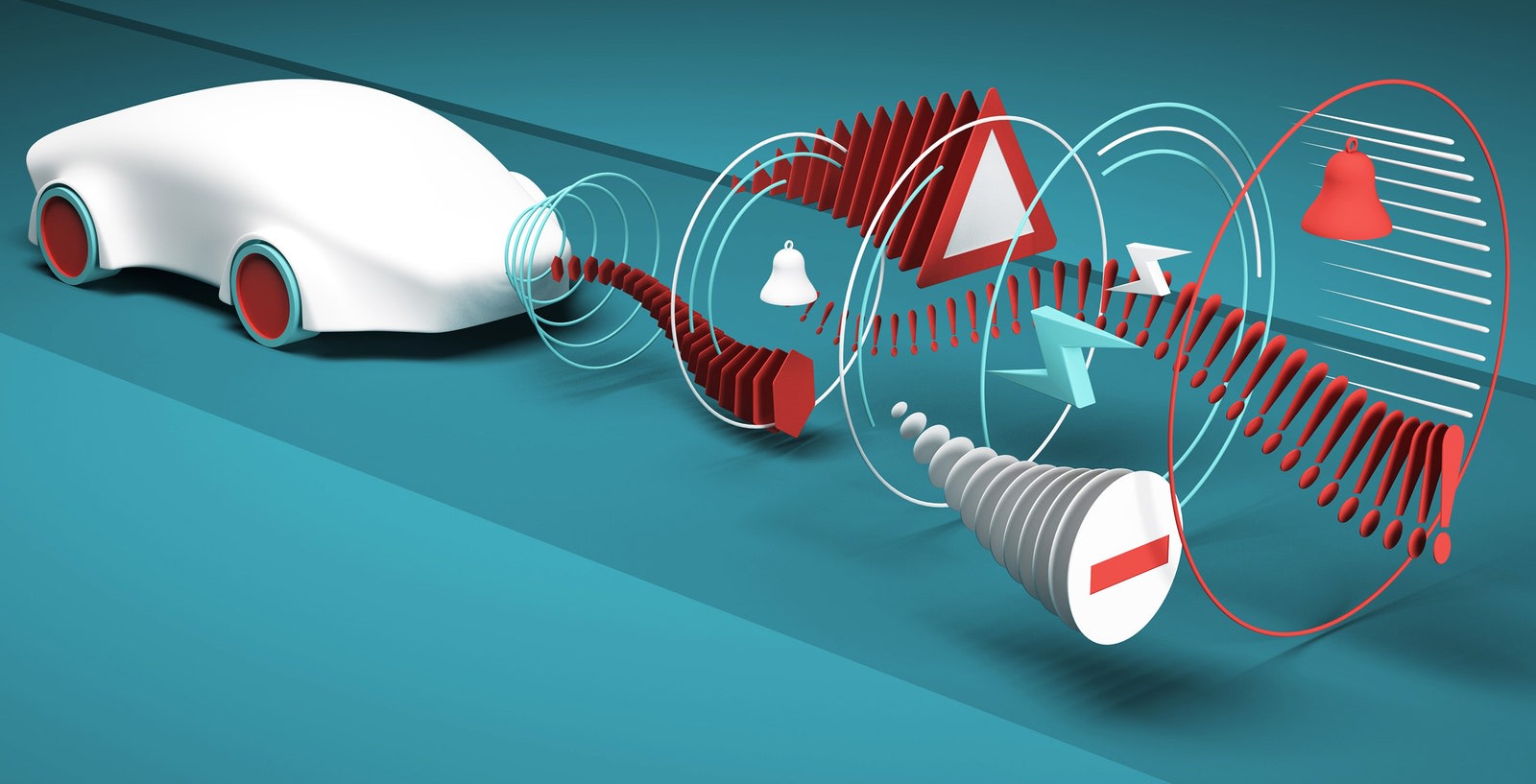Affordability Takes Center Stage in the Auto Industry: The Quest for the $25,000 EV
In a world grappling with environmental concerns and rising fuel costs, the automotive industry is experiencing a paradigm shift towards electric vehicles (EVs). However, the high price tags associated with EVs have often hindered their widespread adoption. Recognizing this challenge, automakers and industry experts are now setting their sights on developing affordable EVs that can revolutionize the market.

The Cost Conundrum: Breaking Down the Barriers

The primary factor contributing to the high cost of EVs is the battery technology. EV batteries are complex and expensive to manufacture, making up a significant portion of the vehicle's overall price. However, advancements in battery technology are promising to drive down costs. As battery production scales up and innovation continues, the cost of EV batteries is expected to decline significantly in the coming years.
Bridging the Gap: Strategies for Affordable EVs
Automakers are employing various strategies to make EVs more affordable without compromising on quality or performance. These strategies include:

- Economies of Scale: By increasing production volumes, automakers can leverage economies of scale to reduce manufacturing costs. As more EVs are produced, the cost per vehicle decreases.
- Shared Platforms: Automakers are developing modular platforms that can be shared across different vehicle models. This approach streamlines production and reduces the need for extensive engineering and development, ultimately leading to cost savings.
- Innovative Battery Technologies: Research and development efforts are focused on developing new battery technologies that are less expensive to produce while offering improved performance and range. Lithium-ion batteries are currently the dominant technology, but solid-state batteries and other emerging technologies hold promise for further cost reductions.
- Government Incentives: Many governments worldwide offer incentives and tax breaks to encourage the purchase of EVs. These incentives can significantly reduce the upfront cost of an EV, making it more affordable for consumers.
Envisioning the Future of Affordable EVs
The pursuit of affordable EVs is not only a technological challenge but also a societal and environmental imperative. As the technology continues to mature and costs come down, EVs have the potential to become mainstream, transforming the way we commute, travel, and live.
- Transportation Equity: Affordable EVs can promote transportation equity by making zero-emission vehicles accessible to a broader range of consumers, regardless of their income level.
- Environmental Impact: The widespread adoption of affordable EVs can significantly reduce greenhouse gas emissions, contributing to a cleaner and more sustainable future.
- Urban Mobility: EVs can play a transformative role in urban mobility, reducing traffic congestion, improving air quality, and creating livable communities.
The quest for the $25,000 EV is a pivotal moment in the evolution of the automotive industry. As automakers and industry stakeholders collaborate to overcome technical and cost challenges, the dream of affordable, accessible, and environmentally friendly transportation is inching closer to becoming a reality. The future of mobility promises to be electric, inclusive, and sustainable, paving the way for a greener and more connected world.
